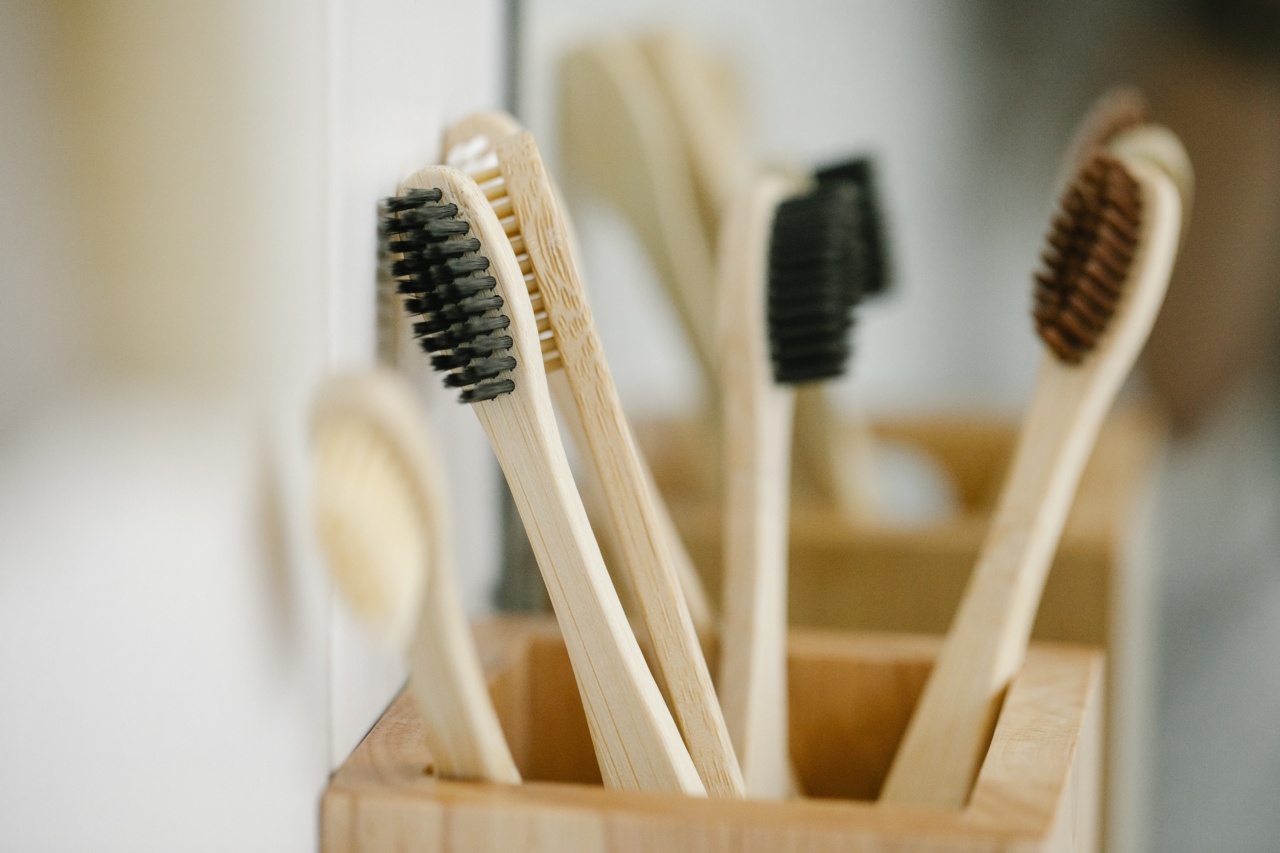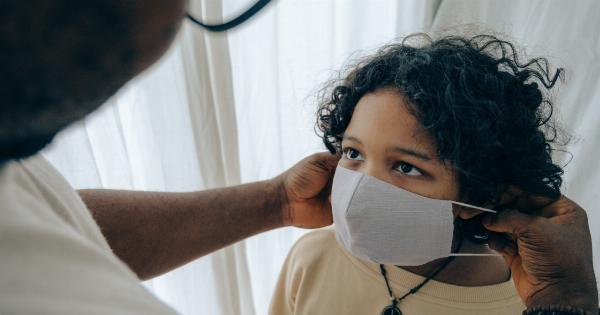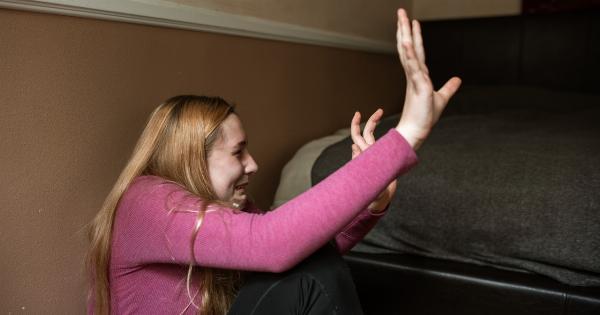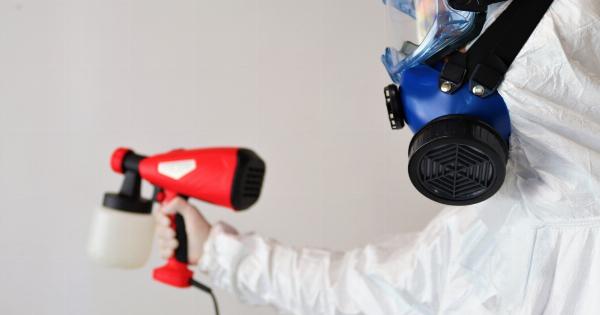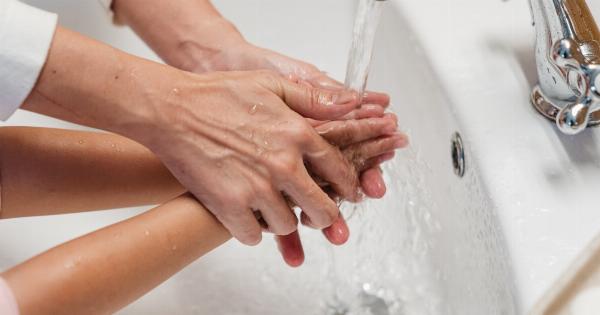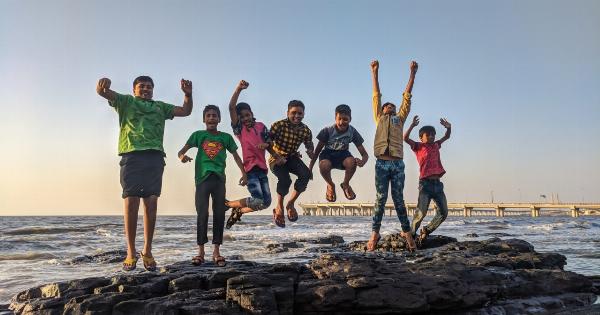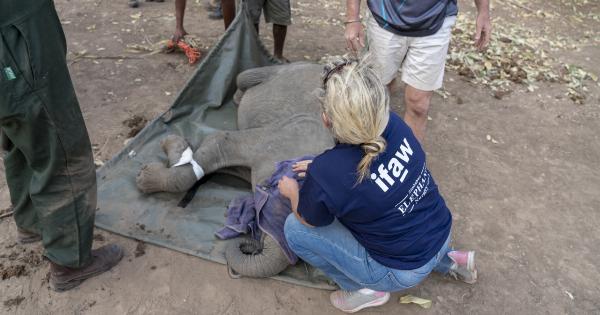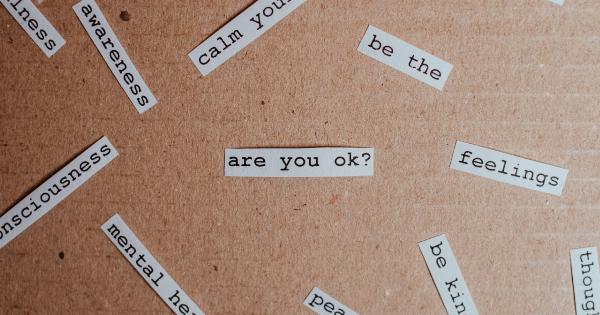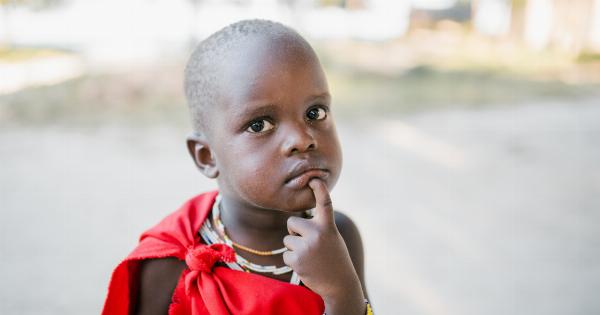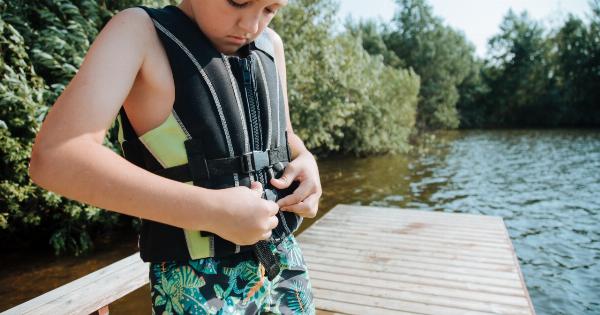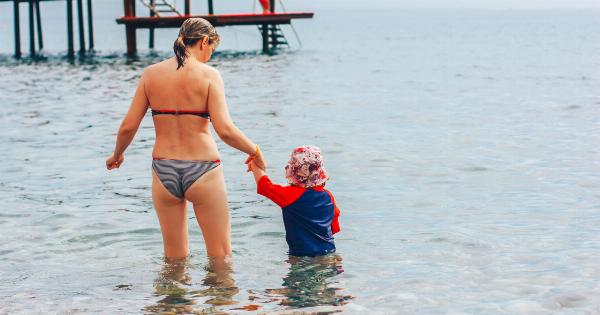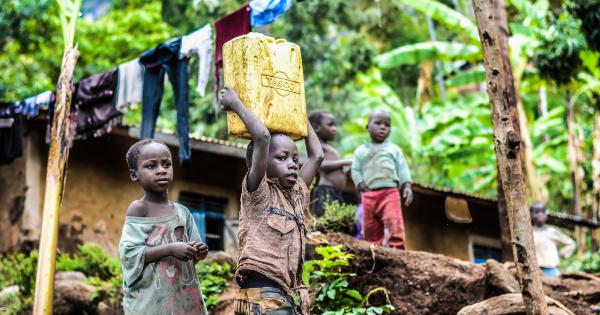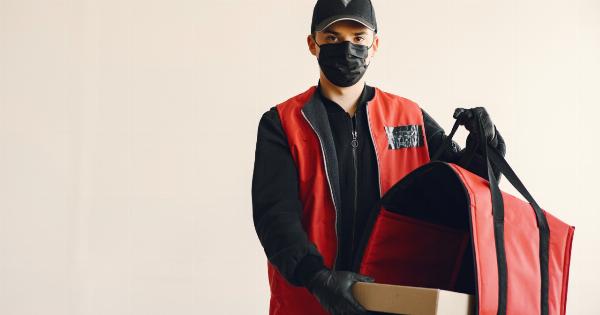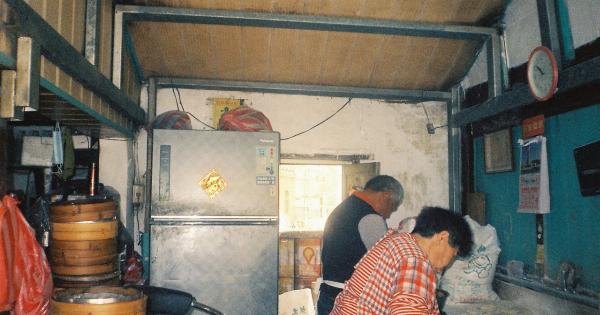As a parent, it is important to be aware of the potential dangers that your child can face in and around water. While drowning is a well-known danger, there are two lesser-known risks that parents need to be aware of: secondary and dry drowning.
What is Secondary Drowning?
Secondary drowning, also known as delayed drowning, occurs when a child inhales water into their lungs. This can happen when a child is swimming or playing in water and accidentally inhales or ingests water.
The water that enters the lungs can cause inflammation and irritation, which makes it difficult for the lungs to exchange oxygen and carbon dioxide. In some cases, this inflammation can lead to a condition known as pulmonary edema, which can cause the lungs to fill with fluid and make it difficult to breathe.
The symptoms of secondary drowning can be delayed and may not appear until hours after the child has left the water. Symptoms can include coughing, difficulty breathing, chest pain, and fatigue.
If your child has experienced a near-drowning incident or has inhaled water while swimming, it is important to monitor them for symptoms and seek medical attention if they appear.
What is Dry Drowning?
Dry drowning is similar to secondary drowning, but instead of water entering the lungs, it enters the airway. This can happen when a child inhales water through their nose or mouth, which can cause a spasm in the airway and make it difficult to breathe.
The spasm can also cause the airway to swell, which can further obstruct breathing and lead to hypoxia (low oxygen levels in the blood).
The symptoms of dry drowning can also be delayed and may not appear until several hours after the child has left the water. Symptoms can include difficulty breathing, coughing, chest pain, and fatigue.
Like with secondary drowning, it is important to monitor your child for symptoms and seek medical attention if they appear.
How to Prevent Secondary and Dry Drowning
The best way to prevent secondary and dry drowning is to ensure that your child is safe while swimming or playing in water. Here are some tips:.
- Always supervise your child when they are in or near water.
- Teach your child how to swim and make sure they know basic water safety rules.
- Encourage your child to take frequent breaks while swimming.
- Make sure your child wears a properly fitting life jacket when boating or participating in water sports.
- Teach your child to never swim alone or in unfamiliar water.
- Be aware of the signs of distress while your child is swimming and intervene if necessary.
When to Seek Medical Attention
If your child has experienced a near-drowning incident or has inhaled water while swimming, it is important to monitor them for symptoms of secondary or dry drowning. If your child exhibits any symptoms, take them to the emergency room immediately.
Prompt medical attention can be the difference between life and death.
Conclusion
Secondary and dry drowning are serious risks that all parents need to be aware of. By following basic water safety rules and monitoring your child for symptoms, you can help prevent these conditions from occurring.
Remember that even a small amount of water in the lungs or airway can be dangerous and require immediate medical attention. Stay informed and prepared to keep your child safe in and around water.
